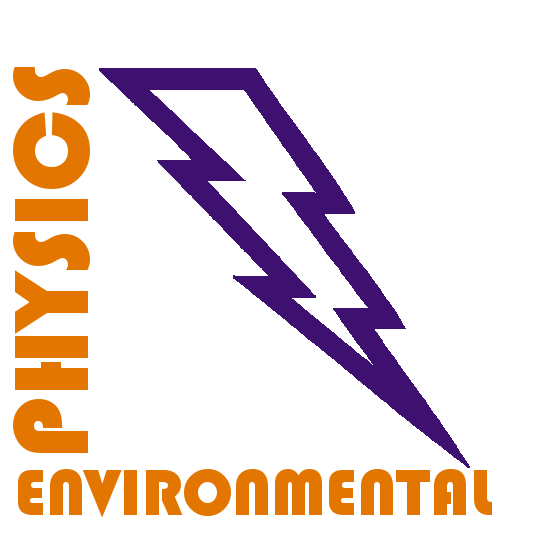Cold air plasma of streamer corona discharge for decontamination and wound healing
Truchlá D., Krčma F., Machala Z.,
9th International Conference on Plasma Medicine ICPM-9, Utrecht (The Netherlands), June 27 - July 1, p. 161 (2022)
download
|
|
Abstrakt: Application of cold plasma started to be a hot topic in modern medicine. It contains many active
agents, such as electrons and ions, UV light, electric field, radicals, excited atoms, and molecules.
Such complicated chemistry leads to numerous synergistic interactions between cold plasma and
biological systems, including cells and tissues [1].
The tissues healing process is very complex cascade of cellular events that leads to the reconstruction
and remodeling of the injured tissue and the removal of fragments from the broken cellular and protein
matrix of the tissue. The complexity of wound healing increases when the wound is contaminated by
bacteria. Infection caused by presence of bacteria can significantly delay the healing process [2, 3].
Excitation and dissociation of atoms and molecules from air in plasma generate reactive oxygen and
nitrogen species (RONS), such as hydroxyl radicals, nitric oxide radicals, excited nitrogen molecules,
atomic nitrogen, argon and oxygen. These species are probably responsible for many beneficial
effects in plasma therapies [1, 3].
The potential of using cold plasma as an instrument for wound healing is primarily based on the fact,
that plasma can inactivate different types of microorganisms, which play the main role in a bacterial
infection and lead to poorly healing chronic wounds. Furthermore, plasma has the ability to penetrate
non-homogeneous and cracked surfaces better than liquid medicaments. Other pros of the plasma
wound healing is that plasma supports wound healing processes due to modulation of wound healingrelevant
cell parameters such as viability, proliferation, migration and inflammation and that can
potentially shorten the wound healing process [3].
The aim of the study is to investigate the antimicrobial effect of streamer corona discharge directly
applied to agar plates inoculated with bacteria Escherichia coli as simple surface wound models,
depending on the different exposure time of plasma treatment and different age of microbial
population. We observed the importance of an early treatment for better wound disinfection.
Porcine skin was used as a more relevant model for non-homogenous wound surface due its similarity
to the human skin in the second part of the study. The same streamer corona discharge directly applied
to porcine skin inoculated with E.coli and S. epidermidis. [4]. The positive bacteria decontamination
effects were observed.
|

